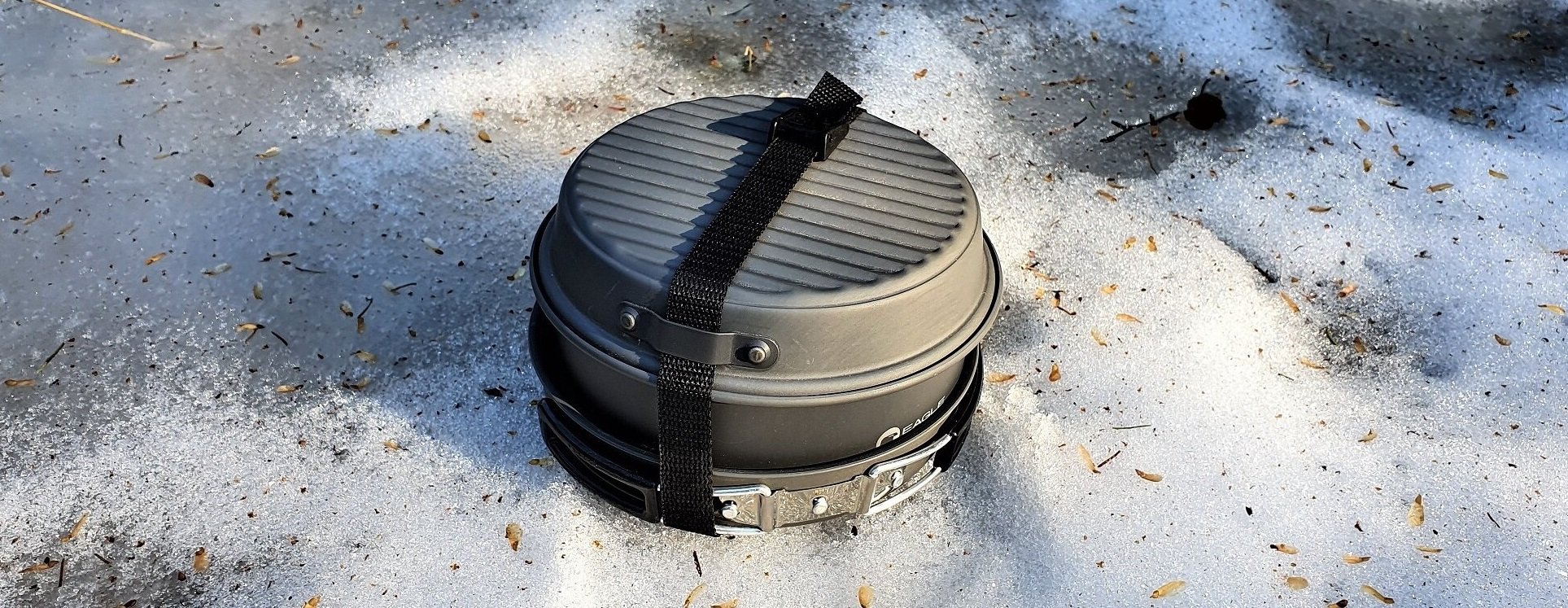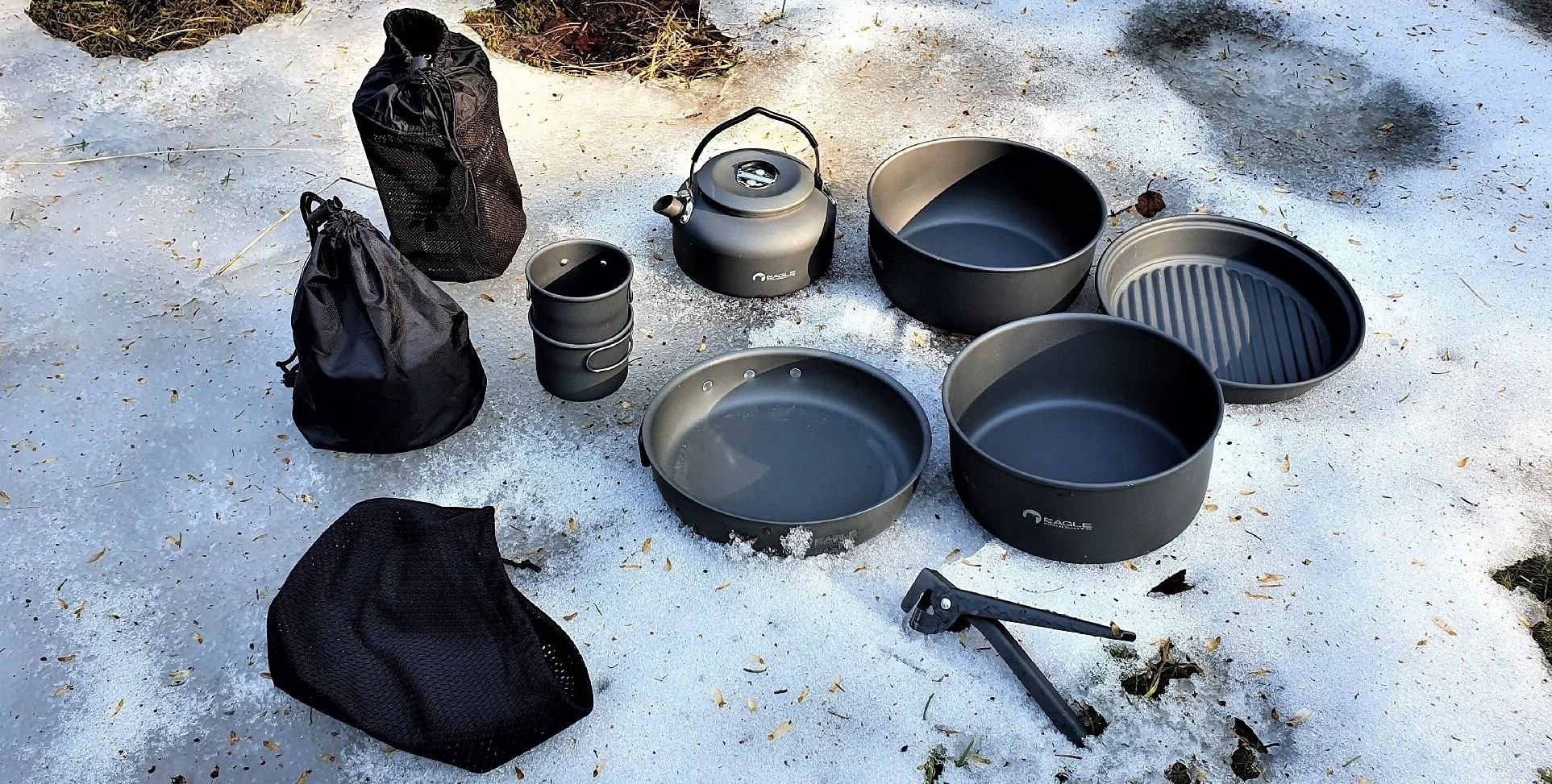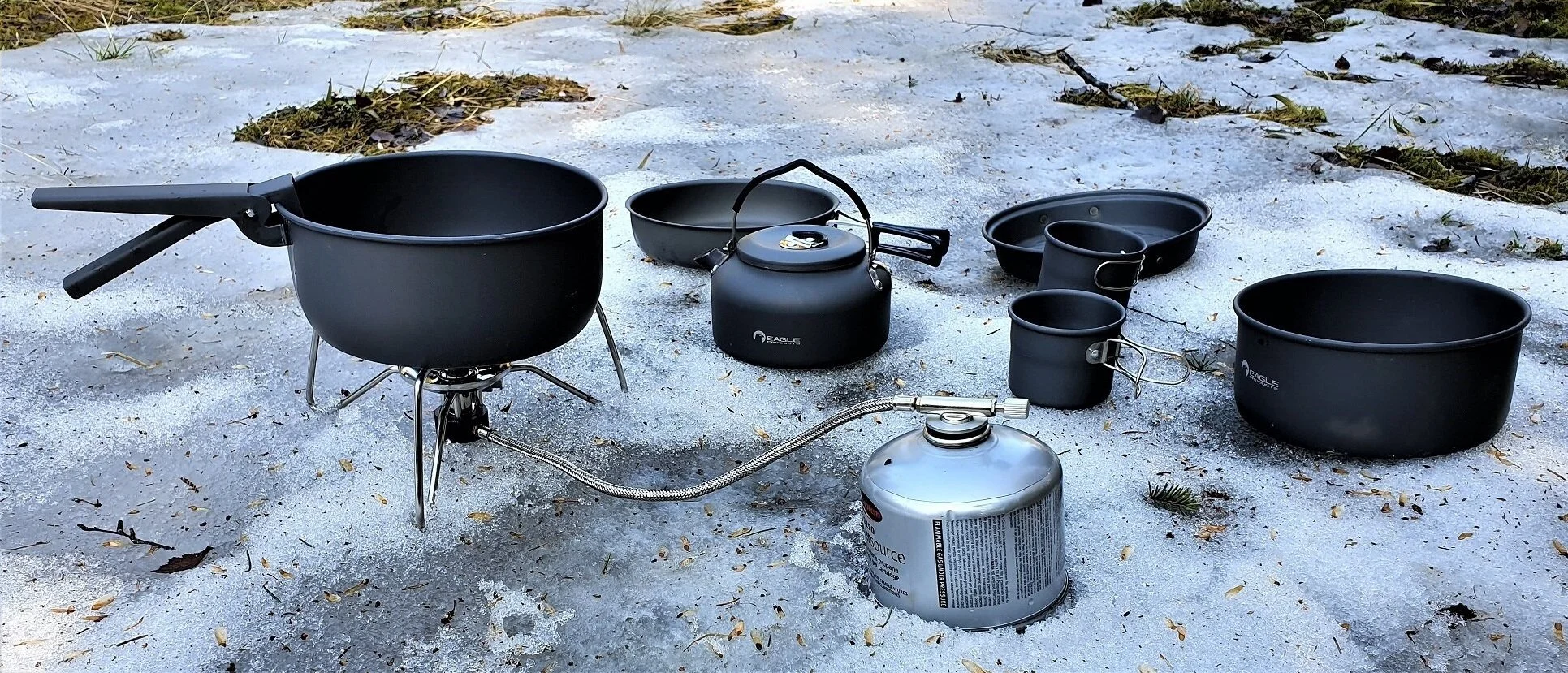STORM KITCHEN by Tyr Neilsen
/Stormkjøkken means ‘Storm Kitchen’ in Norwegian, and it’s the name given to equipment used when making hot food and drinks out in nature. Throughout the year, Norwegians are out in all weathers with their storm kitchens, using both campfire and multifuel burners as a source of heat.
All around the world, the basic ingredients for transportable cooking equipment have been carried down from ancient nomadic tribes, to pioneers and the recreational outdoorsman and woman of today. From generation to generation, this basic equipment has been continually refined into the amazing and diverse modern storm kitchen.
The storm kitchen, often called a portable stove in English, is a combination of specially designed portable and lightweight equipment, used for frying or cooking food and drink when camping, hiking and spending time out in nature.
The earliest portable stoves were mainly made of ceramic and date back to 17th century Asia and the modern portable stove appeared in Europe in the mid 19th century.
The forerunner to the Norwegian storm kitchen was the Nansenkjelen ‘Nansen boiler’, which was a primus using paraffin fuel, used during the Fram expedition to the North Pole by Norwegian explorer Fridtjof Nansen in 1893-96.
Everyone carrying a backpack with all they need for a camping trip knows how important it is to reduce the weight and size of equipment they have with them. A lightweight and easily transportable means of cooking is always preffered when camping, backpacking or traveling in remote locations.
Storm kitchens are usually comprosed of a saucepan, frying pan, coffee pot and handle to lift the pan or pot off the fire or burner. All of these items are normally packed into the saucepan, and many storm kitchens also have cups and plates that also fit into the pan.
There are 2 different types of storm kitchen. The first can be used with all kinds of fire. The second is used with a gas or multifuel burner such as kerosene, environmental gasoline, diesel or rubbing alcohol.
A gas or multifuel storm kitchen usually consists of pots and pans, a heat source that is powered by liquid fuel or gas, and a holder that secures safety, stability and access to air.
Storm kitchens vary in accessories, which can include a windshield that protects the burner as well as holding a frying pan or pot in place. There are also varying designs to the pot and pan handle, all of which are designed to being handled with thick gloves.
Storm kitchen sets come in a variety of different sizes and quality. Even though they can be quite light when packed together, not every item has to be packed for every trip.
The biggest difference between the two types of modern storm kitchen is how they are heated. A campfire made of chopped wood, branches or twigs, means that you don’t have to carry fuel to heat up your equipment. Although a campfire provides a lot of heat, this heat is difficult to regulate and campfires can quickly get cold.
Campfires also work poorly in rain conditions, require additional work and fuel to keep heated, and it is not advisable to use a campfire to heat up a storm kitchen in a tent.
Gas and multifuel burners are often more complicated to use than working with a campfire, but work much better in the cold and diverse weather conditions, and are safer to use in nature during a hot and dry summer. Gas and multifuel burners can also be used in a tent, so long as the appropriate safety measures are taken.
Guidelines for using a storm kitchen: A storm kitchen should always be flat. If there is snow, you should have something solid underneath, or dig down to the ground. Keep storm kitchen away from other tents and people. Light with match and stand with your back to the wind.
Stay focused when working with a fire. If you need a lot of cooking time, be sure to have enough burners or wooden fuel. Store a burner in a bag as to avoid food tasting strange. A burner should be cold when refilling.
Do not play around a storm kitchen. In case of fuel spillage on clothes, move away from heat or fire and change clothes. A storm kitchen is the most reliable and easy to use means of boiling water for your coffee or making a fantastic meal when out in nature.
Whichever type of storm kitchen you choose, learn how to use it, be sure to know what type of fuel is required, and understand all safety measures needed when using the equipment.
Enjoy !
Note: In Norway, it is prohibited to make a campfire in or near a forest between April 15th and September 15th, due to the danger of forest fires.









